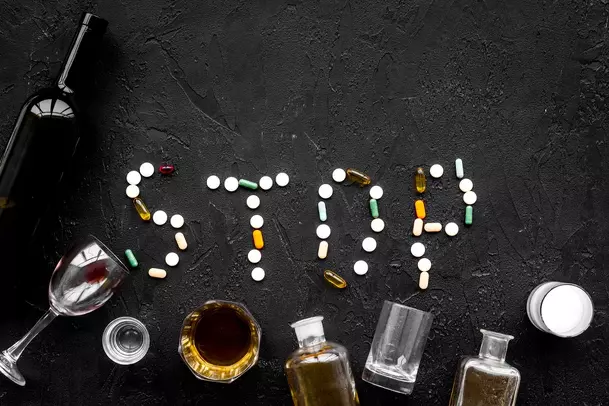14 Apr Essential Tremor Disorder

Most people who develop essential tremor are aged over 40 but it can occur in younger people. “Alcohol in essential tremor and other movement disorders.” Wiley Online Library, August 18, 2010. Althoughalcohol abuse and alcohol withdrawalare linked to other types of tremors, ET is not thought to be among them. That said, chronicheavy alcohol =https://ecosoberhouse.com/ use can harm your brain, and it is possible that over time heavy alcohol usemight worsen ET.
Therapy

This condition isn’t dangerous but can become severe enough to disrupt everyday activities. There are multiple ways to treat this condition, most of which aren’t necessary until you’ve had the condition for several years. Other factors that may influence tremor severity include caffeine intake, medication use, and sleep habits. For example, some people find that reducing their caffeine intake can help reduce tremors. Certain medications, such as beta blockers or anticonvulsants, may also be helpful in managing symptoms.
Octanol: preclinical evidence
Keep in mind that alcohol-induced tremors may not occur immediately after consuming alcohol. Maintaining a diary to track your alcohol consumption and any subsequent changes in your tremors can help identify patterns and make informed decisions about your alcohol intake. The underlying causes of essential tremor are still being researched, but genetic factors appear to play a significant role. Additionally, certain environmental factors, such as chronic alcohol consumption, may exacerbate the tremors.
Signs of other movement disorders
- The device, which can be worn as a wristband for 40 minutes twice a day, works by stimulating peripheral nerves and muscles to create a muscle response that reduces tremors.
- Octanoic acid is a fatty acid that is also used as a food adjuvant and cosmetic additive.
- While the results of this study apply only to patients with essential tremor, they raise the possibility that alcohol might benefit those with other movement disorders.
In the past decade, the variability of the symptoms, disease course, and response to treatment of essential tremor has led to the recognition of essential tremor as a syndrome. A new classification system has made a first attempt to characterize essential alcoholism treatment tremor better. Although surgical approaches to the treatment of essential tremor have expanded, no oral drug has emerged that surpasses the efficacy of the first line treatments (propranolol and primidone) identified decades ago. Many patients do not respond to them, and those who do may not have a significant improvement in their daily life. The side effect profile of drugs used in essential tremor may limit both monotherapy and polytherapy. Next, we calculated the change in tremor severity after alcohol intake (Figure 1b).
Disease process
Delirium tremens is mainly characterized by tremors, hallucinations, disorientation, confusion, and increased heart rate/breathing rate/blood pressure. Delirium tremens is a much more serious form of alcohol tremors and usually appears a couple of days after someone ends an intense drinking binge. DT’s are especially common if you do not eat enough during your drinking binge or have a long history of alcoholism. It does not shorten expected lifespan and does not lead on to any more serious brain disorders.

Emerging strategies in biomechanical loading therapy of essential tremor

Stereotactic radiosurgery is one possible method of performing thalamotomy using precisely focused external radiation beams Campbell et al. 2015. However, it has latent effects occurring months after treatment and it is not possible to assess the degree of tremor control during the procedure. The essential tremor alcohol ViM can also be effectively targeted with transcranial MRI-guided focused ultrasound Elias et al. 2013. High-intensity ultrasound and MRI allows for precise intracerebral targeting with real-time clinical and radiographic monitoring of the treatment location and intensity with the use of thermal imagery. The procedure starts with low-power sonications producing temperatures of 40–45°C.


Sorry, the comment form is closed at this time.